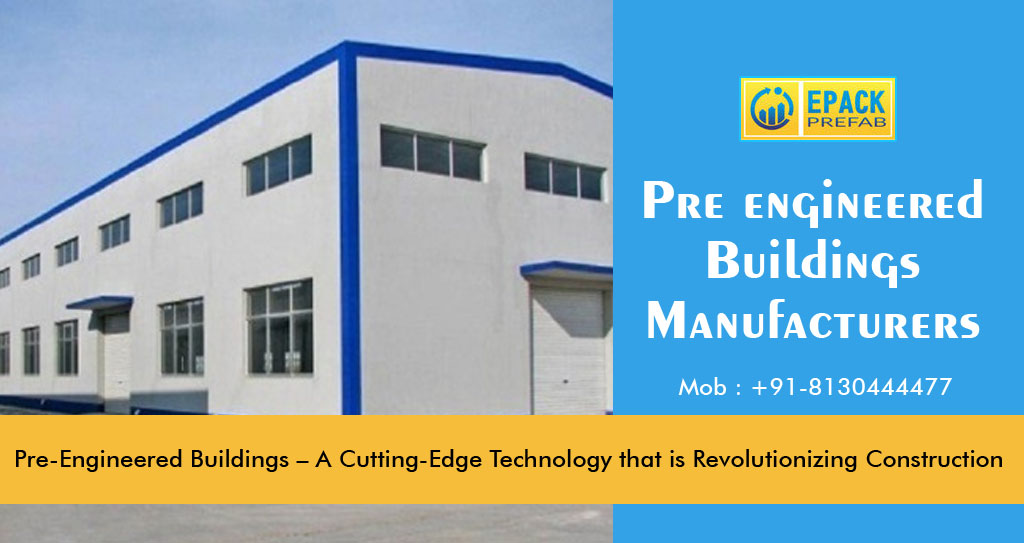Modification is the only aspect that remains constant. Modification is inevitable as time passes. Construction technology has also developed in leaps and bounds throughout the years. One such revolutionary change was the introduction of prefabricated buildings. Although pre engineered buildings have been around for a few years, their prestige has only been felt in the past few. Today, approximately 70% of business structures in the United States are prefabricated. Without a doubt, this new construction technology represents the modern era.
Pre engineered buildings are those that are constructed off-site and transported to the installation site for assembly. The components are assembled using joists, nuts, bolts, and other jointing systems particular to the structure. This method of construction is renowned for being both time-efficient and cost-effective. It increases precision because construction takes place in a regulated environment with equipment. Similarly, building and construction waste is greatly reduced.
While PEB is a novel concept in India, it is rapidly spreading throughout the industrial and commercial sectors. In recent years, the industrial, institutional, and framework markets have also experienced a health and wellness development. Modern structures are more aesthetically pleasing and intricate than those that existed a few decades ago. The primary framework is made from lightweight but durable steel. Nonetheless, the durability of the product is not compromised.
The design can be personalised and tailored to the customer’s specifications. The term pre-engineered refers to the procedure of determining all of a building’s specifications prior to its construction. The structural components, wall panels, and roof panels, as well as their dimensions, load-bearing capacity, panel density, foundation requirements, door/window dimensions, etc., are all determined before production begins. This allows prefabricated structures to have individualised design options. Being elevated, installation is very simple. The only requirement is to assemble the entire framework on-site.
Although primarily utilised in industrial and non-residential building construction, the quantity is soaring in India. According to available data, the current prefabricated steel building production capacity is approximately six million tonnes per year. The growth continues to rise steadily, with a 25 to 30 percent increase.
PEBs have several advantages over conventional building and construction. They are optimal in terms of weight, affordability, and sturdiness. PEB building and construction has notably reduced construction time. Depending on the size and building type, PEBs can be constructed 30 to 60 percent faster than conventional building materials. This is one of the major reasons why the world is increasingly adopting prefabricated buildings.



